Anaheim Pepper Plant
- March 15, 2024
- 0 comment
Anaheim Pepper, also known as the New Mexican pepper or California green chile, is a variety of chili pepper that belongs to the species Capsicum annuum. It is a popular ingredient in Mexican and Southwestern cooking. The name “Anaheim pepper” comes from the city of Anaheim, California, where it was first commercially grown.
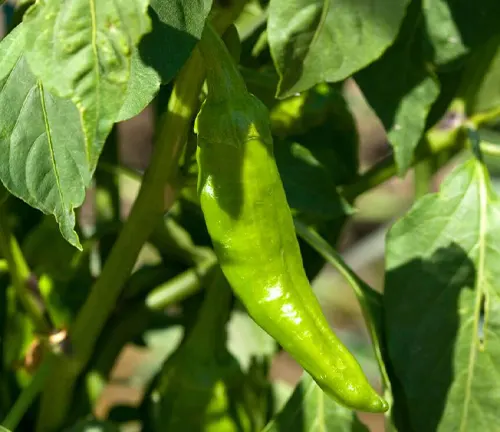
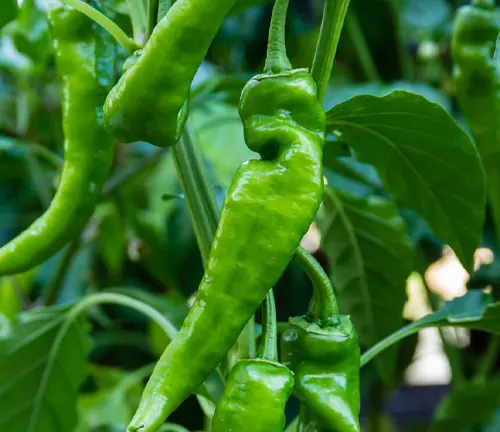
Anaheim peppers are long, slender, and curved, with a bright green color when they are fresh and a deep red color when they are fully ripe. They have a mild to medium heat level, making them a versatile ingredient in many dishes. They are often used in stews, soups, and sauces, and can be roasted, grilled, or fried. They are also commonly stuffed with cheese or meat and baked.
| Characteristics | Description |
| Scientific Name | Capsicum Annuum |
| Common Names | Anaheim pepper, New Mexican pepper, California green chile |
| Family | Solanaceae |
| Native Region | The Anaheim pepper is native to New Mexico, where it has been cultivated for centuries. |
| Plant Type | The Anaheim pepper plant is a perennial but is often grown as an annual. |
| Size | The plant typically grows to a height of 18 to 24 inches, with a spread of 12 to 18 inches |
| Leaves | The leaves are medium green, ovate, and approximately 4 inches long |
| Flowers | The plant produces small, white flowers that give way to the peppers |
| Propagation | Can be propagated through seeds or cuttings |
| Drought Tolerance | Medium. Requires regular watering, especially in dry conditions |
| Cultural Uses | Widely used in Mexican and Southwestern American cuisines |
| Ecological Role | Attracts pollinators such as bees and can be part of pest management in gardens |
| Notable Species | Variants include ‘New Mexico No. 9’ and ‘Colorado’ |
| Hardiness Zones | Best grown in USDA zones 4-12 |
| Growth Rate | Medium; peppers mature in about 75 to 90 days after planting |
| Lifespan | As an annual, its lifecycle completes in one year; perennially, it can live longer in suitable climates |
Botanical Beauty of “Anaheim Pepper Plant ”
The Anaheim pepper plant boasts a certain botanical beauty with its vibrant green foliage and striking red or green peppers that hang elegantly from the branches. The contrast between the lush leaves and the glossy peppers adds a unique aesthetic appeal to gardens and landscapes, making it not only a culinary favorite but also a visual one.
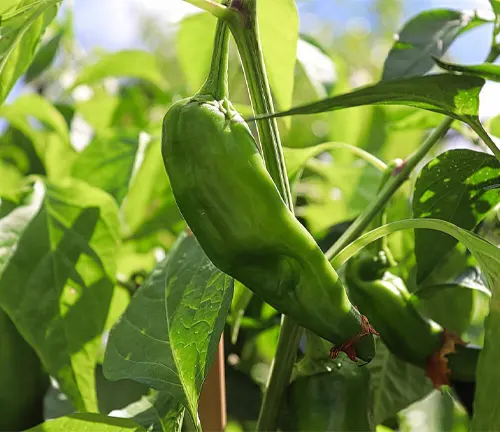
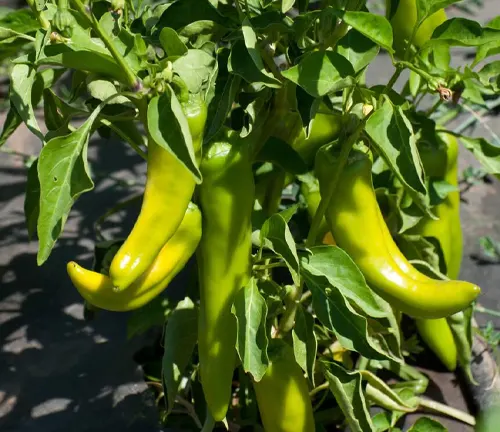
Woodland Elegance
In a natural or woodland garden, the Anaheim pepper plant adds a touch of refined beauty. With its organized growth and vibrant fruits, it stands out beautifully among the wild plants, showcasing a blend of cultivated and wild nature’s charm.
Ecological Importance
The Anaheim pepper plant, in its original environment, serves a crucial role in promoting biodiversity. By offering food for wildlife like birds and small mammals, it contributes to the ecosystem’s balance. Additionally, the plant’s flowers attract pollinators such as bees and butterflies, aiding in the reproduction of various plant species in the area. This interconnected web of relationships helps sustain a healthy and diverse ecosystem where different organisms rely on each other for survival and reproduction.

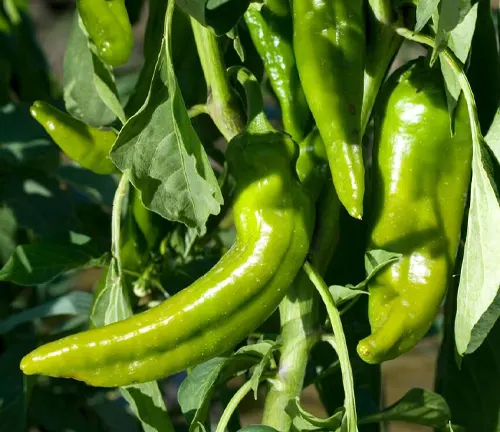
Cultivation and Conservation
Growing the Anaheim pepper plant helps keep alive the traditional flavors of Mexican and Southwestern cuisine. By cultivating this plant, we ensure that the authentic taste and cultural significance of these dishes are maintained for future generations to enjoy. This preservation of culinary heritage through the cultivation of the Anaheim pepper plant is a way to honor and continue the rich food traditions of these regions.
Fragrance
While the Anaheim pepper plant itself may not have a strong smell, the peppers it produces bring a delightful aroma to the dishes they are included in. When these peppers are cooked or incorporated into various recipes, they release a fragrant scent that enhances the overall flavor profile of the dish.
This aromatic quality of Anaheim peppers plays a significant role in elevating the taste experience of traditional Mexican and Southwestern cuisines. The subtle yet distinctive scent of these peppers can evoke feelings of nostalgia and comfort, making them a cherished ingredient in many beloved recipes.
Soil Stabilization
The root system of the Anaheim pepper plant plays a crucial role in preventing soil erosion, which is essential for maintaining the stability and health of the soil. The extensive roots of the plant help bind the soil together, reducing the risk of erosion caused by wind or water. By anchoring the soil in place, the Anaheim pepper plant contributes to preserving valuable topsoil and preventing nutrient loss.
This soil stabilization function is particularly important in areas prone to erosion, as it helps maintain soil structure and fertility for healthy plant growth. Furthermore, the presence of Anaheim pepper plants in an area can also improve water infiltration and retention in the soil. The roots create channels that allow water to penetrate deeper into the ground, reducing surface runoff and promoting better water absorption.
This not only helps prevent erosion but also supports plant growth by ensuring adequate moisture levels in the soil. Overall, the soil stabilization benefits provided by the Anaheim pepper plant contribute to sustainable land management practices and environmental conservation efforts.
Common Uses
Beyond its culinary applications, the Anaheim pepper offers versatility in how it can be enjoyed. Whether fresh, dried, or roasted, this pepper is a favorite for creating chili powder and hot sauces due to its mild to medium heat level and distinct flavor profile. When used fresh, Anaheim peppers add a subtle kick to dishes like salsas, salads, and marinades.
Drying Anaheim peppers intensifies their flavor and allows them to be stored for longer periods, perfect for adding a spicy touch to soups, stews, and sauces. Roasting Anaheim peppers brings out their natural sweetness and smoky notes, enhancing the depth of flavor in dishes like enchiladas, tacos, and dips. The popularity of Anaheim peppers in making chili powder and hot sauces stems from their ability to infuse dishes with a balanced heat and rich flavor.
By grinding dried Anaheim peppers into chili powder or blending them into hot sauces, enthusiasts can customize the spiciness of their creations while enjoying the unique taste that these peppers bring. Whether incorporated into traditional recipes or used in innovative ways, the diverse uses of Anaheim peppers showcase their adaptability and appeal to a wide range of culinary preferences.
Benefits
Anaheim peppers provide several health benefits due to their rich nutritional content. They are a good source of vitamins, particularly vitamin C, which is essential for maintaining a healthy immune system. Additionally, they contain vitamin A, which supports eye and skin health. The peppers also provide a variety of antioxidants, which help protect the body from damage caused by free radicals.
These antioxidants have been linked to reducing the risk of chronic diseases such as cancer and heart disease. Incorporating Anaheim peppers into your diet can also contribute to overall well-being. They contain capsaicin, a compound that has been shown to have anti-inflammatory properties, which can help alleviate symptoms of conditions like arthritis.
Furthermore, the heat from the peppers can stimulate metabolism and promote weight loss. By adding Anaheim peppers to your meals, you not only enhance the flavor but also provide your body with beneficial nutrients and compounds that support good health.
Different Species
Bell Peppers
(Capsicum annuum var. annuum)
Known for their sweet, mild flavor and characteristic bell shape, bell peppers come in various colors such as green, red, yellow, and orange.
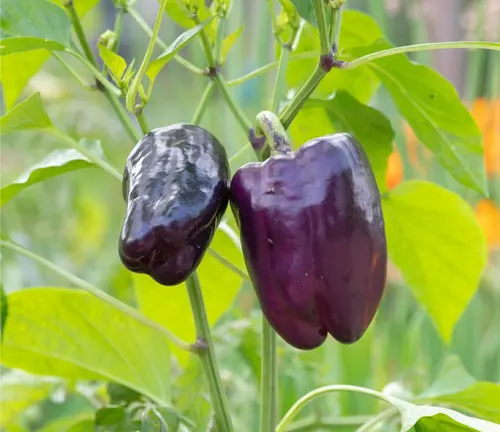

Jalapeño Peppers
(Capsicum annuum var. annuum ‘Jalapeño’)
A popular chili pepper variety, jalapeños are known for their moderate heat and are often used in salsas, relishes, and for pickling.
Cayenne Peppers
(Capsicum annuum var. annuum ‘Cayenne’)
These long, slender peppers are known for their moderately hot flavor and are often dried and ground into cayenne pepper powder.
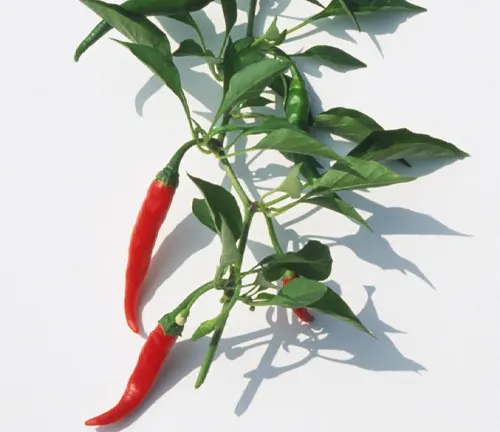
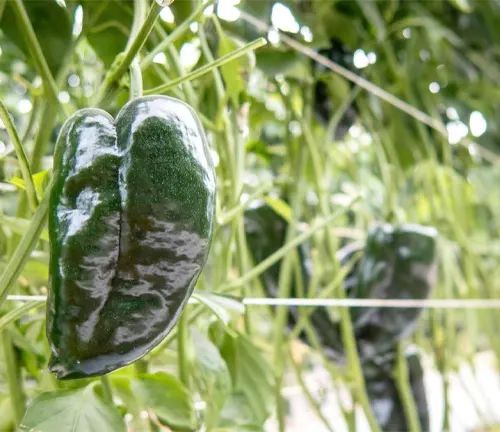
Poblano Peppers
(Capsicum annuum var. annuum ‘Poblano’)
Poblanos are mild chili peppers with a rich, earthy flavor and are often used in Mexican cuisine, particularly in dishes such as chile rellenos.
Serrano Peppers
(Capsicum annuum var. annuum ‘Serrano’)
Serrano peppers are hotter than jalapeños and are commonly used in fresh salsas, sauces, and for adding heat to dishes.
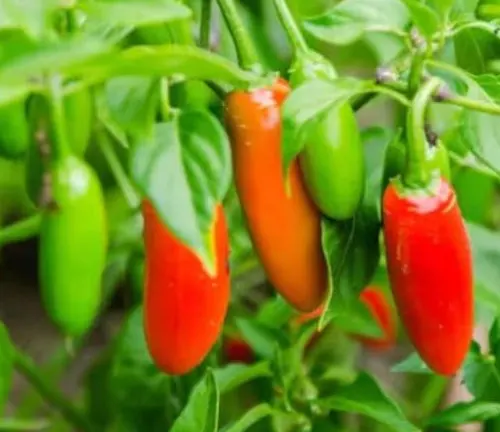

Hungarian Wax Peppers
(Capsicum annuum var. annuum ‘Hungarian Wax’)
These peppers are known for their waxy, yellow color and moderate heat, making them versatile for use in various culinary applications.
Thai Peppers
(Capsicum annuum var. annuum ‘Thai’)
Thai peppers are small, fiery hot peppers commonly used in Southeast Asian cuisines, particularly in Thai and Vietnamese dishes.

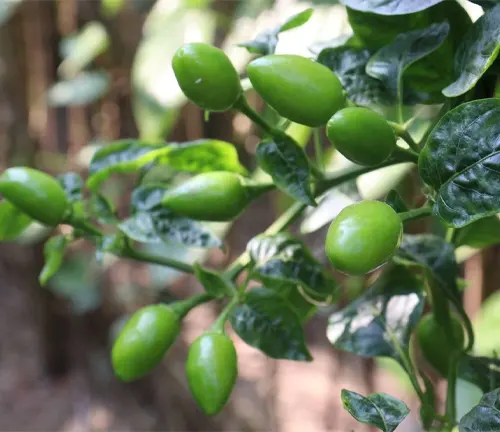
Cherry Peppers
(Capsicum annuum var. cerasiforme)
These small, round peppers are often pickled and are known for their sweet to moderately hot flavor, depending on the variety.
Frequently Asked Questions (FAQs)
1. What makes the Anaheim pepper distinct from other chili peppers?
Anaheim peppers are recognized for their mild to medium heat level and versatile flavor profile, which makes them ideal for a wide range of culinary uses without overwhelming dishes with spiciness. They are particularly noted for their long, slender shape and bright green-to-red coloration as they ripen.
2. Can Anaheim peppers be eaten both green and red?
Yes, Anaheim peppers can be consumed at both stages of maturity. When green, they offer a slightly milder flavor, which becomes a bit sweeter and more complex once they turn red upon full ripeness.
3. How do you properly store Anaheim peppers to extend their shelf life?
To extend their shelf life, Anaheim peppers should be stored in the vegetable crisper drawer of the refrigerator in a plastic bag. This can keep them fresh for about 1-2 weeks. For longer preservation, they can be dried or frozen.
4. Are Anaheim peppers good for your health?
Absolutely! Anaheim peppers are low in calories and rich in vitamins A and C, as well as fiber. They also contain antioxidants and capsaicin, which are known for their anti-inflammatory properties and other health benefits.
5. How can I reduce the heat of an Anaheim pepper if I find it too spicy?
To reduce the heat, remove the seeds and membranes from inside the pepper before using it in your cooking. These parts contain the majority of the capsaicin, which is responsible for the pepper’s heat.
6. What’s the best way to roast Anaheim peppers?
The best way to roast Anaheim peppers is over an open flame on a gas stove or grill, turning regularly until the skin is blackened and blistered. After roasting, place them in a bowl covered with plastic wrap for a few minutes to steam, which makes peeling the skin off easier.
7. Can Anaheim peppers be grown in pots or containers?
Yes, Anaheim peppers are well-suited to container gardening. Ensure they are planted in a pot that is at least 12 inches in diameter with good drainage and placed in a location that receives full sun.
8. How do I know when Anaheim peppers are ready to be harvested?
Anaheim peppers are ready to be harvested when they reach their full size, about 6 to 10 inches long, and are a bright green color. You can also wait for them to ripen to a deep red if you prefer a sweeter flavor.
9. What are some common dishes that feature Anaheim peppers?
Anaheim peppers are commonly used in stews, soups, and sauces. They are excellent for roasting, grilling, or frying, and are popularly stuffed with cheese or meat and baked. They’re a staple in Mexican and Southwestern cooking.
10. Are there any companion plants that help Anaheim peppers grow better?
Companion planting with herbs such as basil and oregano can help repel pests naturally and may enhance the growth and flavor of Anaheim peppers. Other good companions include onions, tomatoes, and marigolds.


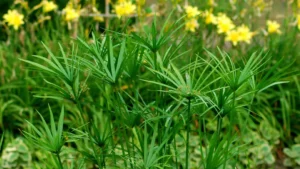
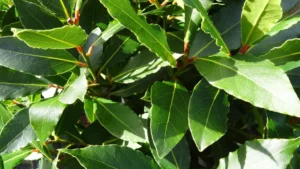

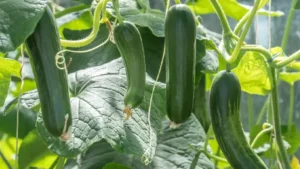
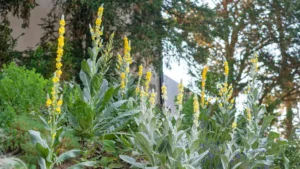
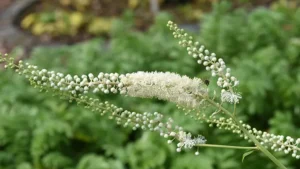


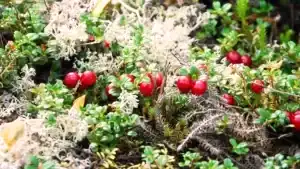
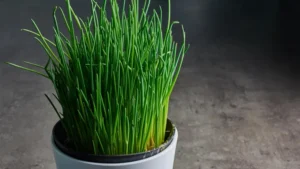

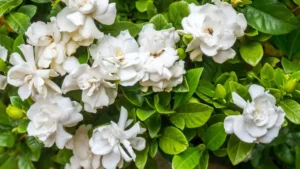
Leave your comment